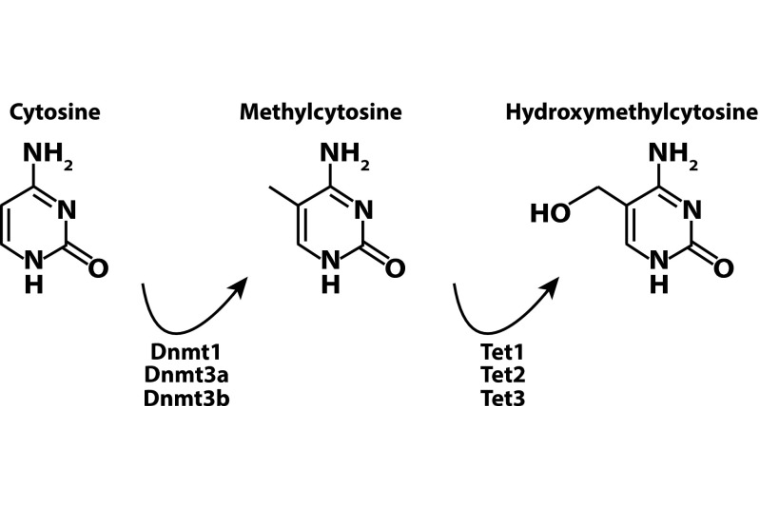Reading the unique DNA methylation landscape of the brain: Non-CpG methylation, hydroxymethylation, and MeCP2

Kinde BZ*, Gabel HW*, Gilbert CS, Griffith EC, Greenberg ME. PNAS. 2015 Jun 2;112(22):6800-6. doi: 10.1073/pnas.1411269112. Epub 2015 Mar 4.
Abstract
DNA methylation at CpG dinucleotides is an important epigenetic regulator common to virtually all mammalian cell types, but recent evidence indicates that during early postnatal development neuronal genomes also accumulate uniquely high levels of two alternative forms of methylation, non-CpG methylation and hydroxymethylation. Here we discuss the distinct landscape of DNA methylation in neurons, how it is established, and how it might affect the binding and function of protein readers of DNA methylation. We review studies of one critical reader of DNA methylation in the brain, the Rett syndrome protein methyl CpG-binding protein 2 (MeCP2), and discuss how differential binding affinity of MeCP2 for non-CpG and hydroxymethylation may affect the function of this methyl-binding protein in the nervous system.